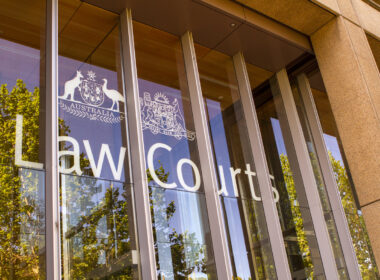Child marriage has been illegal in India since 1929, with the legal age of marriage 18 years for women and 21 for men. In Uttarakhand, India, however, many girls marry younger than 18 and that four in 10 aged 15-19 are pregnant.
After a six-hour train trip, a two-hour drive and a hike up a mountain I found myself in the village of Uttarakhand, Northern India. Nepal is only a valley away and the density of Delhi is almost forgotten. The air is fresh but the sun is finally out and I’ve been told my purpose is to be the “sugar”. My duty in this all-important role is to attract locals by standing around, being friendly, and most importantly, being white. As a foreigner, I have everyone’s attention and the willingness to talk (or at least have a good look at me) which is essential to finding cases of child marriage in this area.
Uttarakhand is a northern state of India, with a population of 10 million. India’s population stands at 1.3 billion. The 2011 Indian census reported there are 5 million girls in India who were married before they reached 15. In Uttarakhand, the 2012-13 Annual Health Survey by the Indian Government found that 18.5 per cent of women 20-24 are married and 39 per cent of women 15-19 are mothers or pregnant.
This fact-finding mission was part of my work with the Human Rights Law Network (HRLN) in Delhi, India. HRLN is a collaboration of lawyers and social activists who work with individual clients and in broader issues in nationwide human rights violations. For two months, my focus was the issue of child marriage and included first-hand research, report writing and submission drafting.
The internship was part of the compulsory participation unit at Macquarie University where I am studying law. After an application and interview process, I joined 11 students and we were placed in different human rights organisations around Delhi. With the help of a Hindi speaking team leader from Melbourne it became a support system necessary to face the pollution, sickness and intensity of Bollywood. But most importantly, it helped us cope with the constant reminders and experiences of the shocking poverty and inequality that seems to define India.




